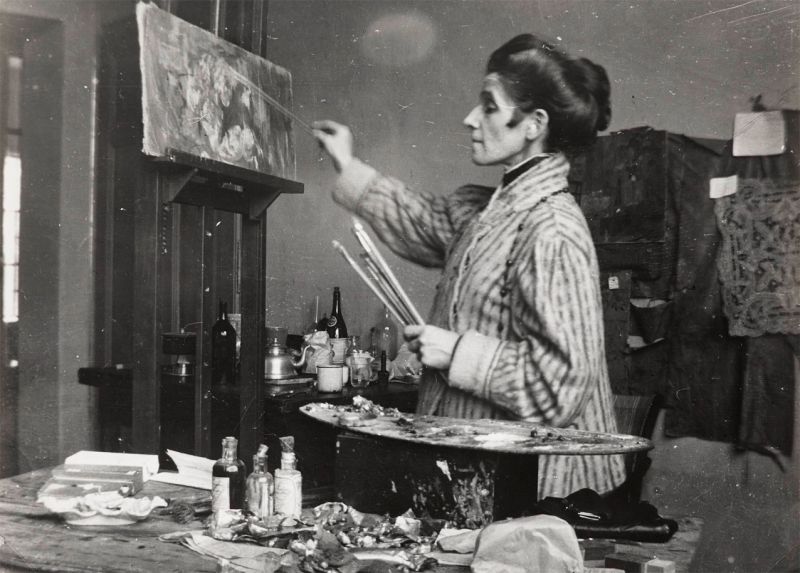Olga Boznańska. Kraków – Munich – Paris
Mediathek Sorted
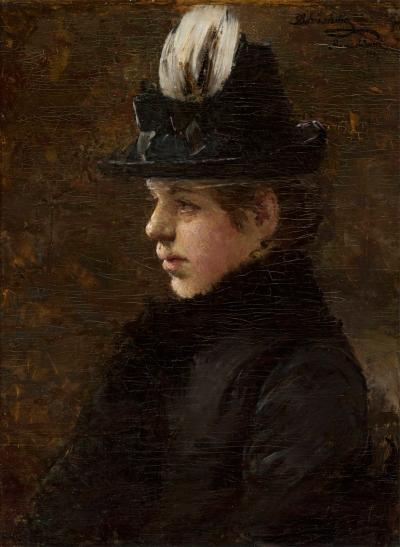
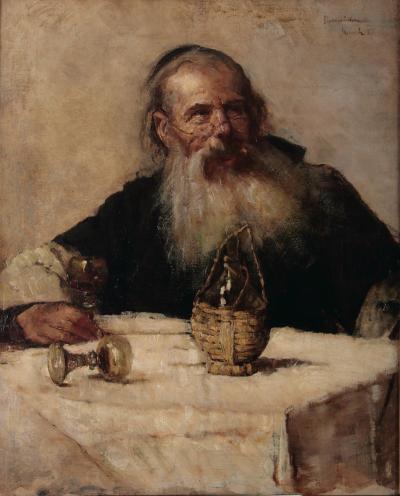
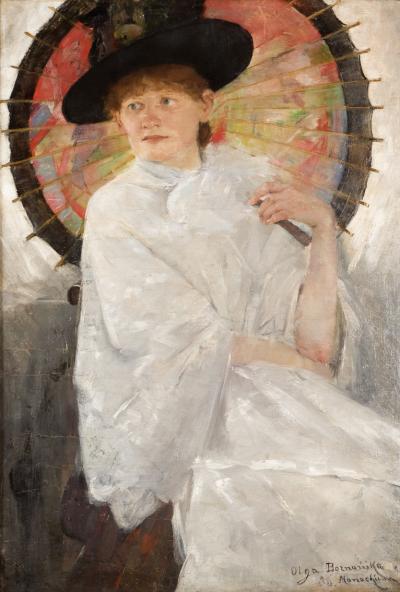
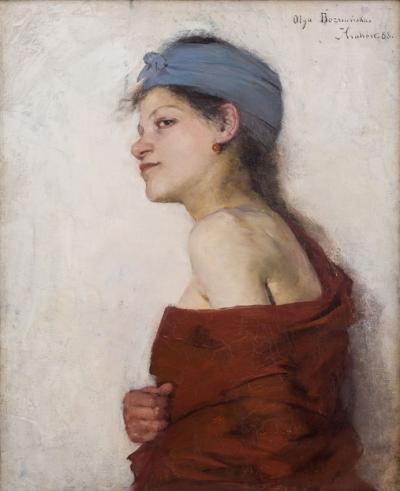
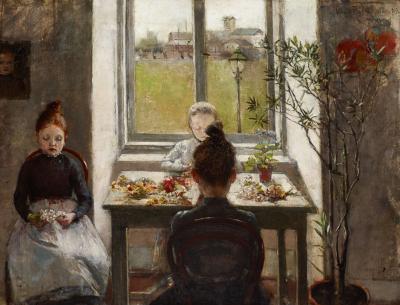
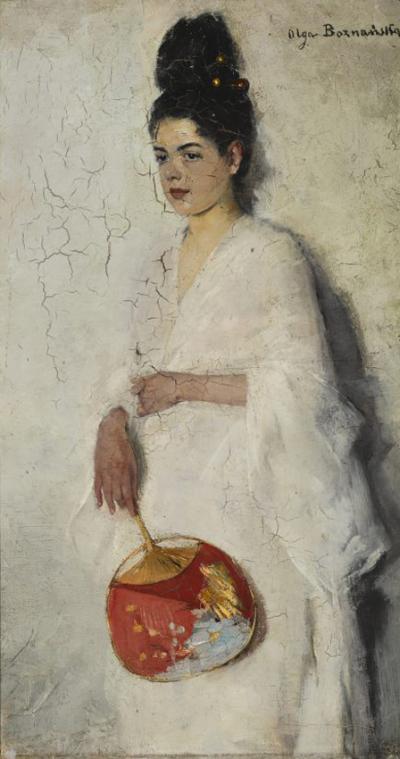

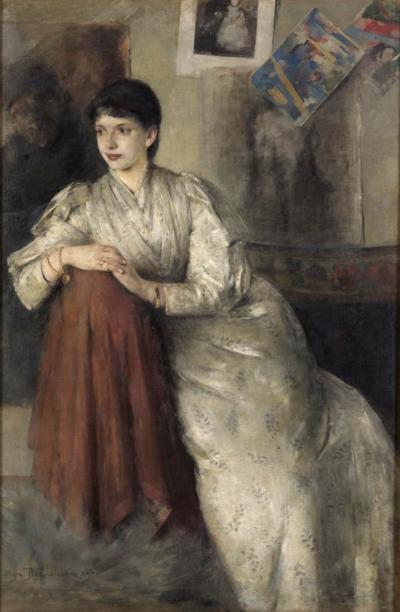
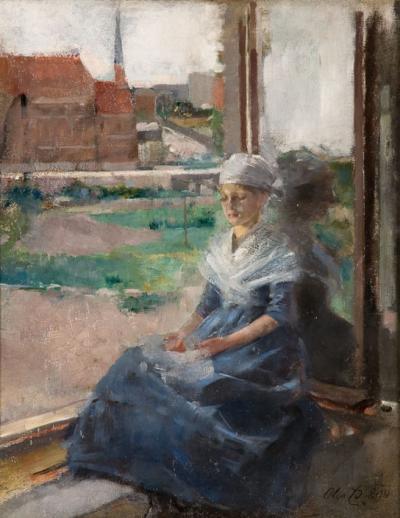
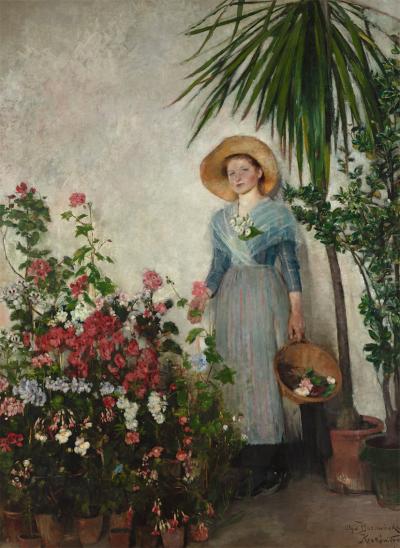
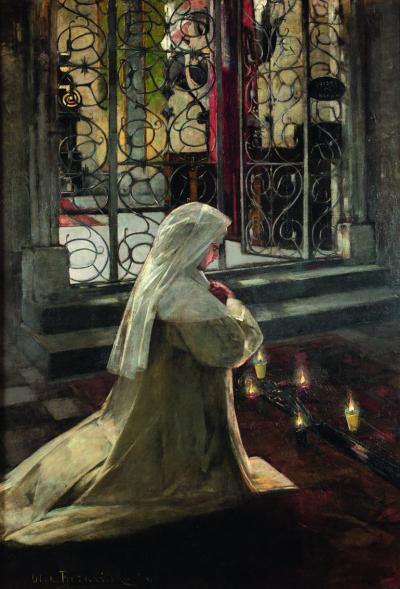
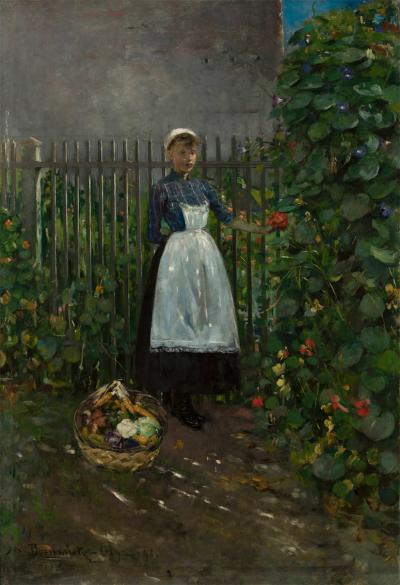
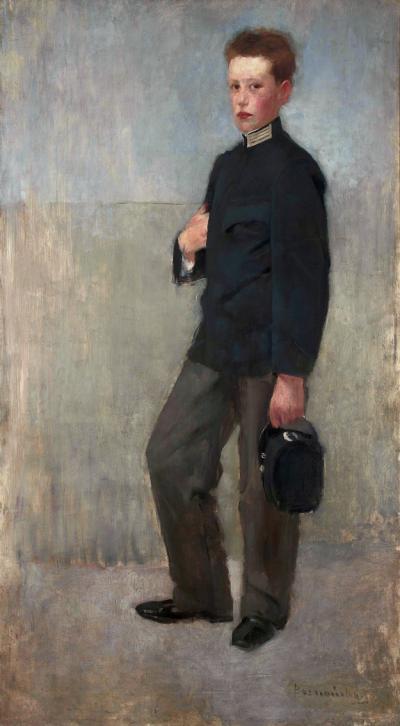
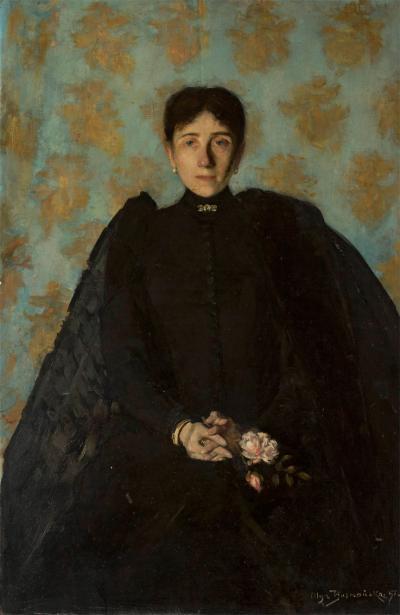
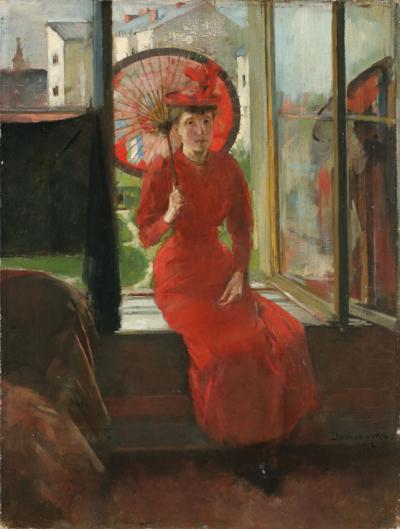
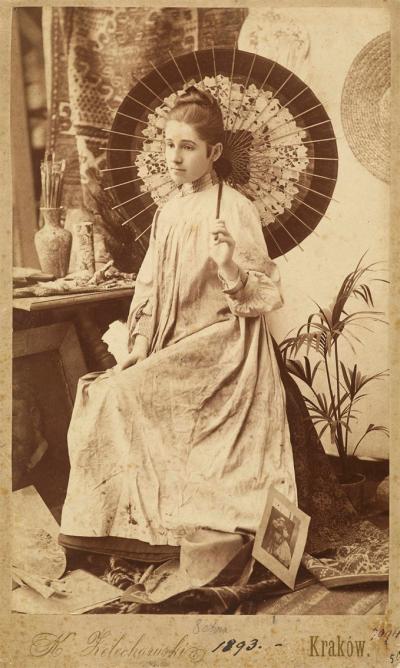
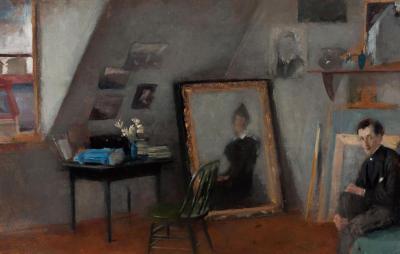
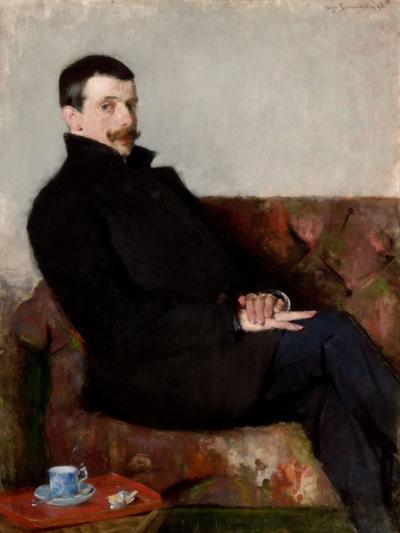
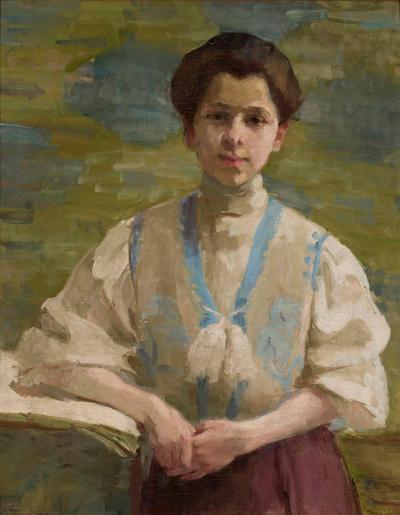
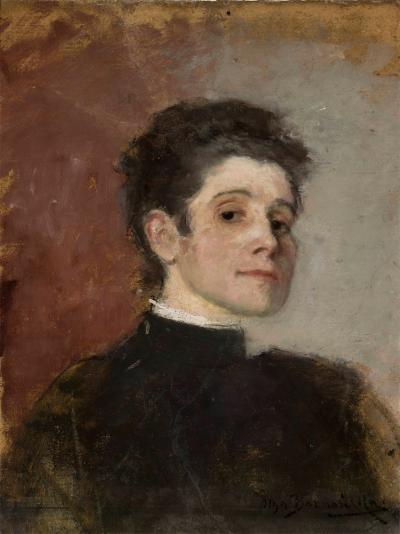
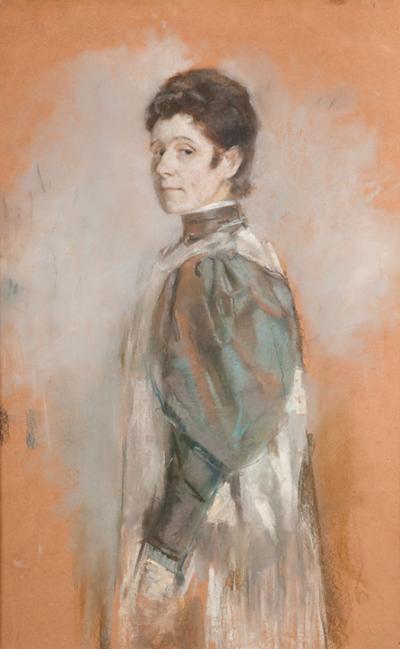
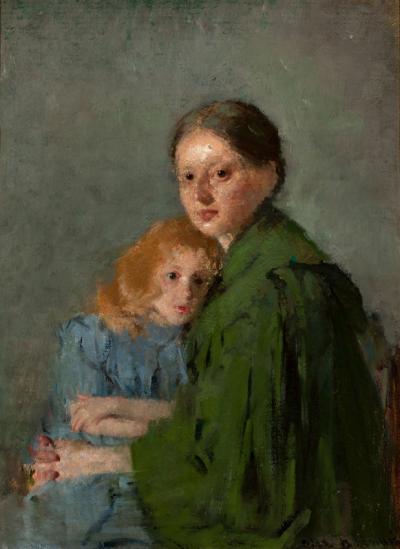
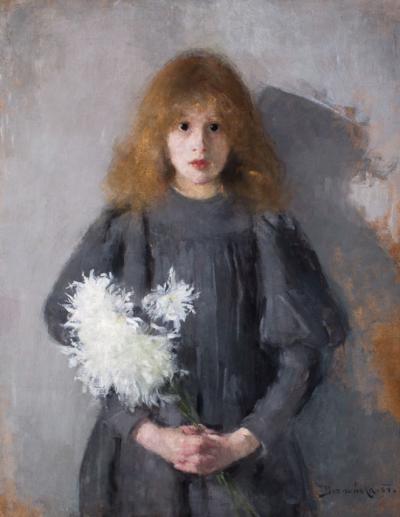
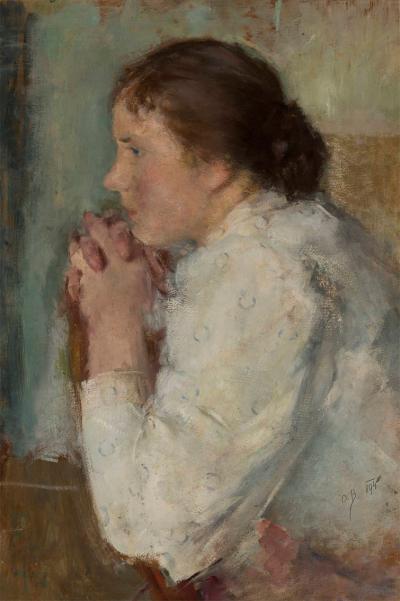
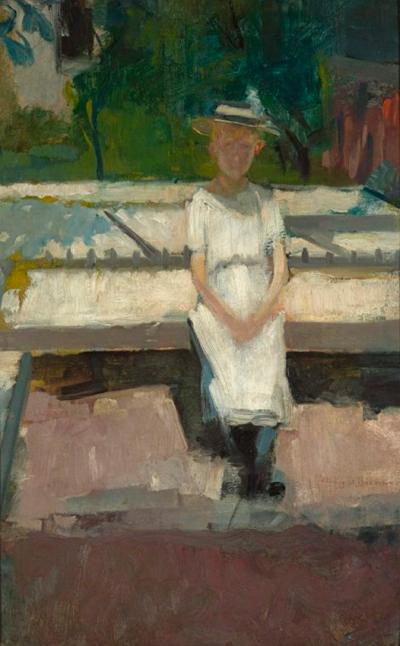
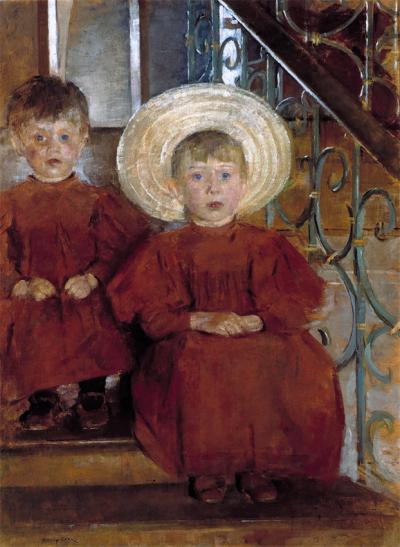

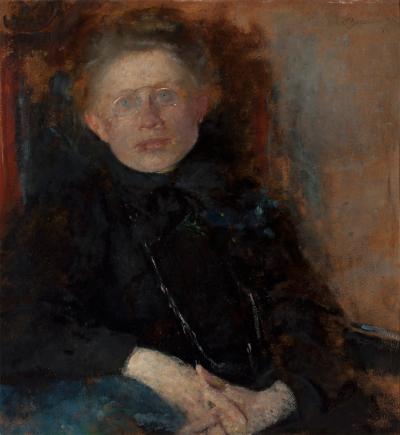
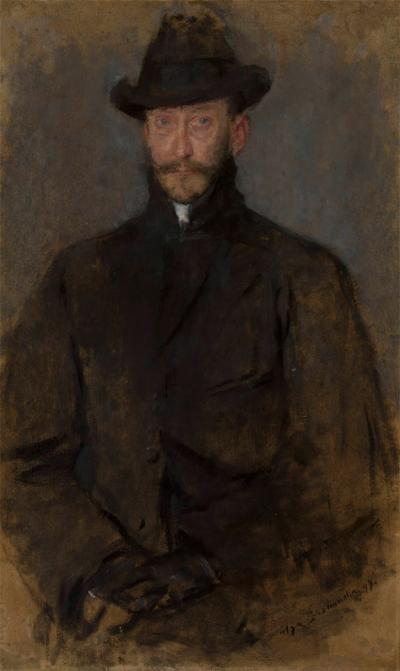
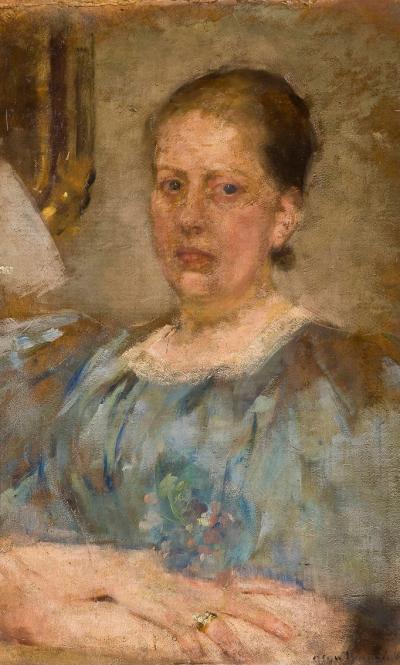
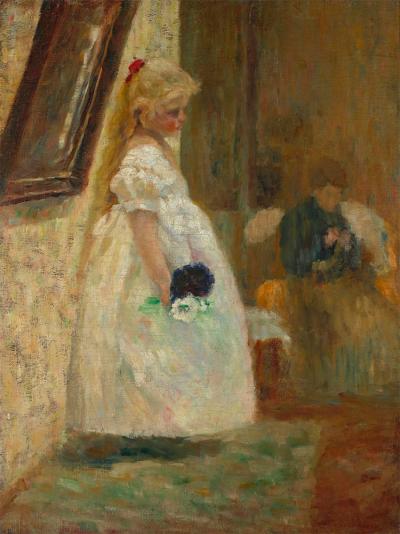

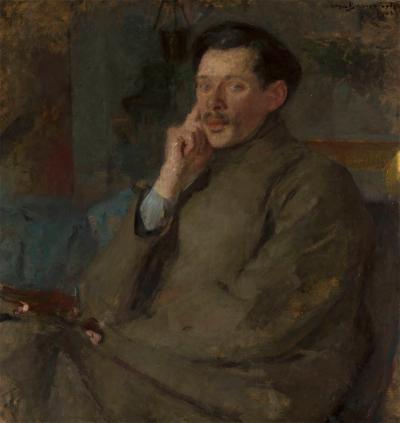
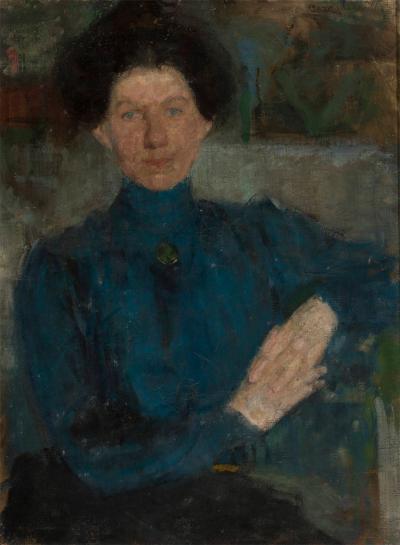
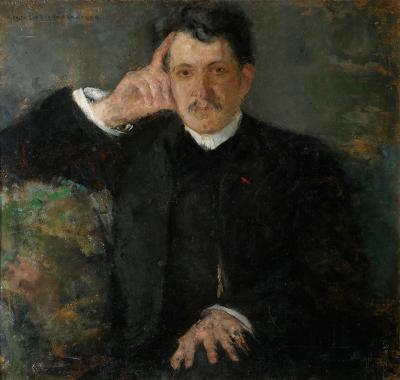
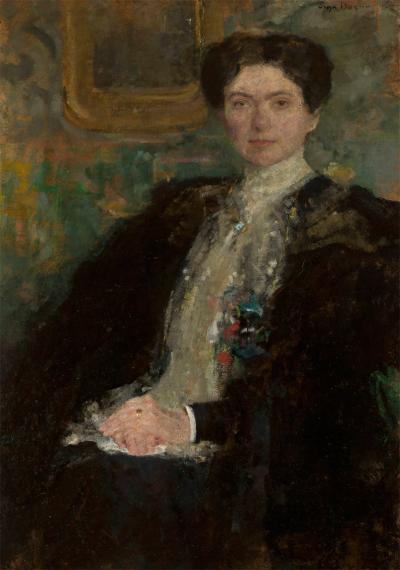
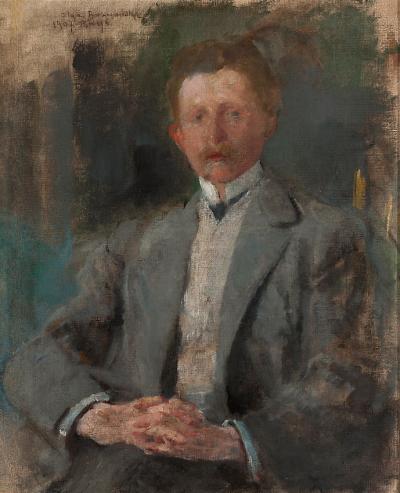
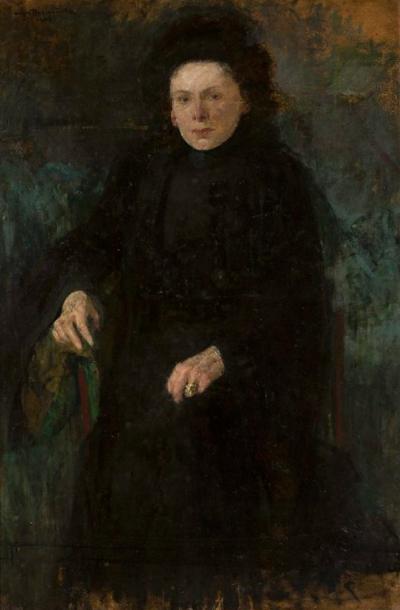
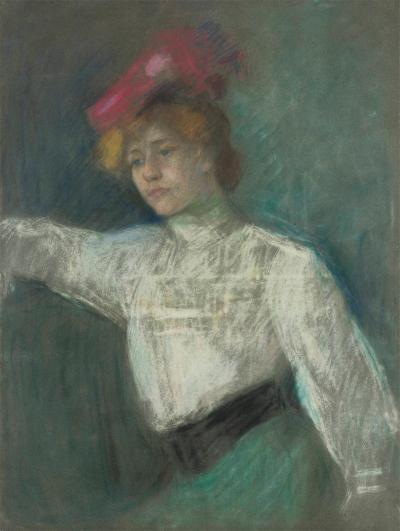
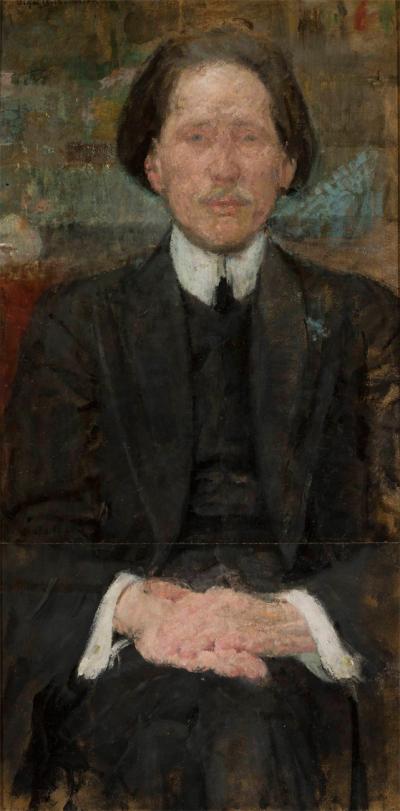


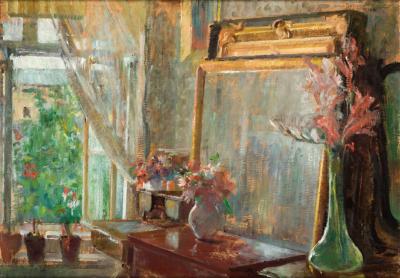
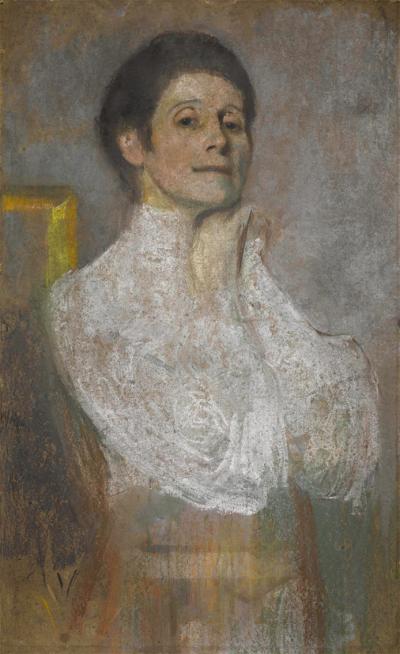
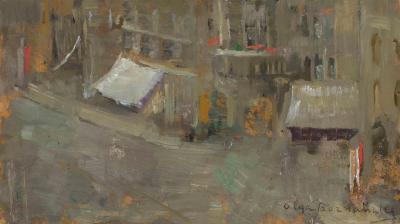
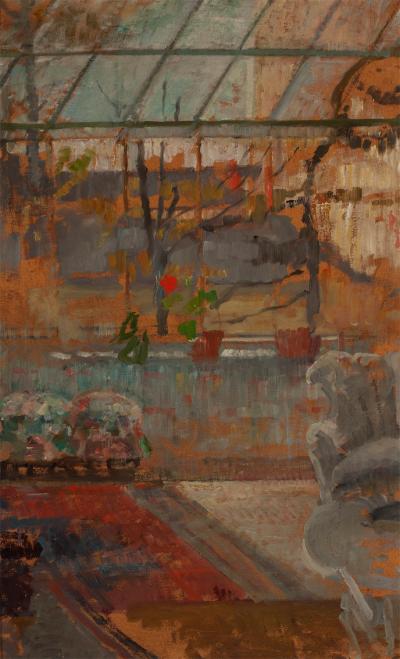
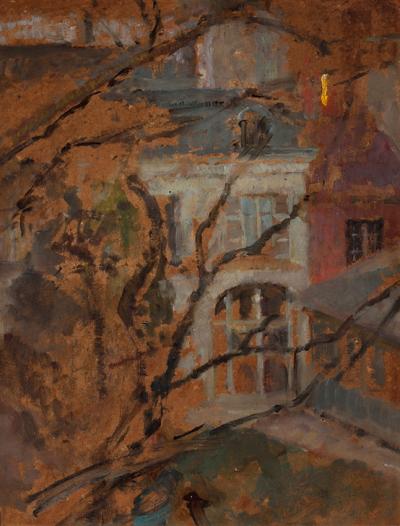
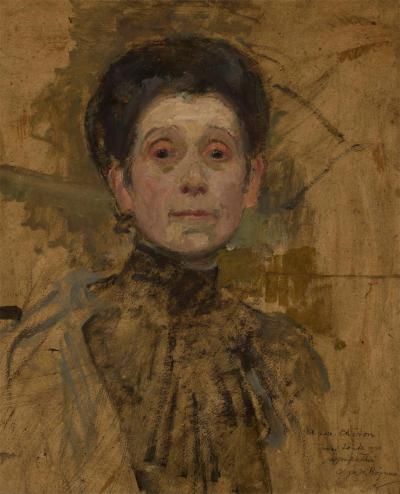
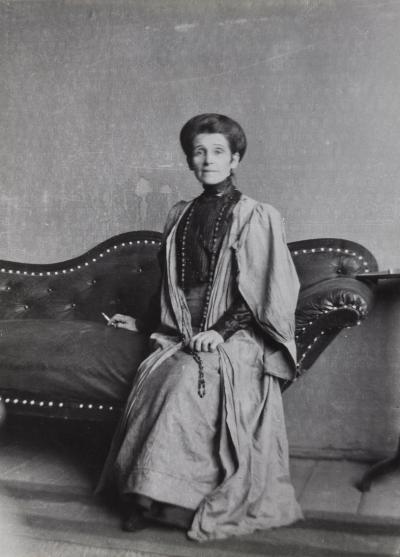
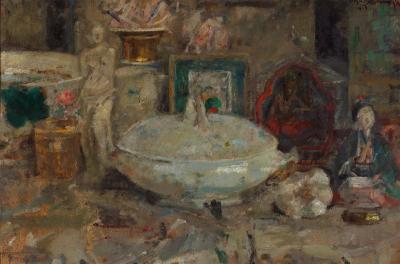
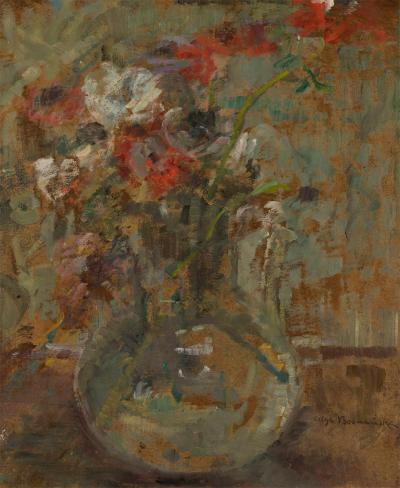
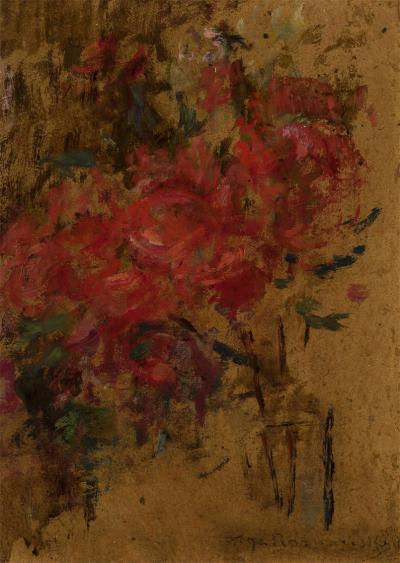
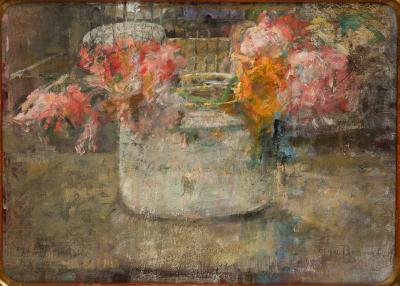

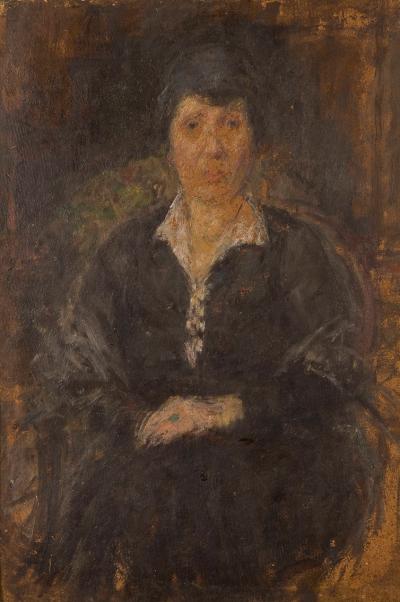
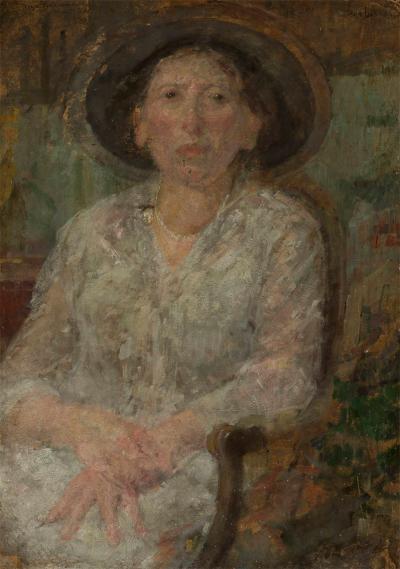
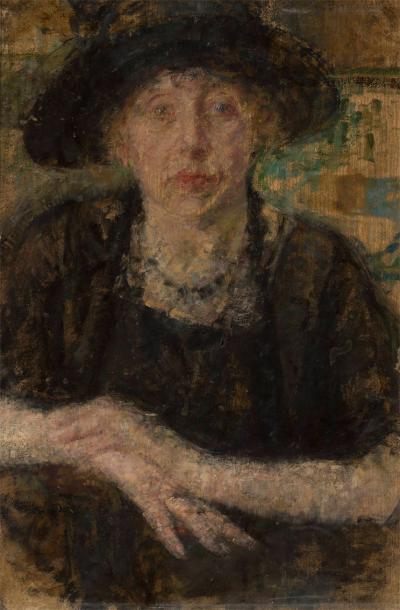
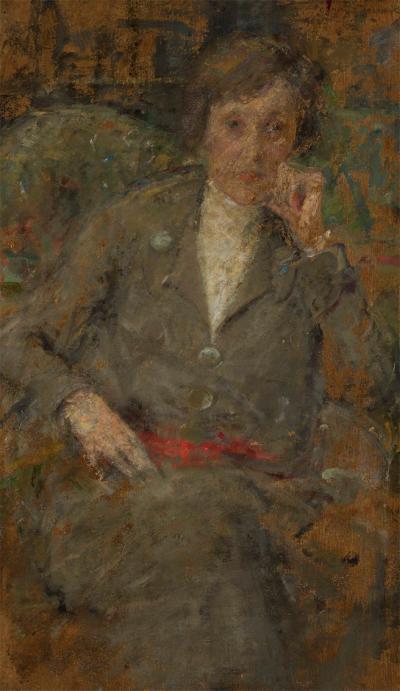
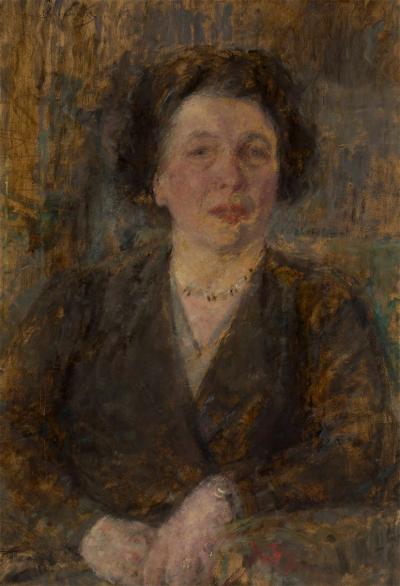
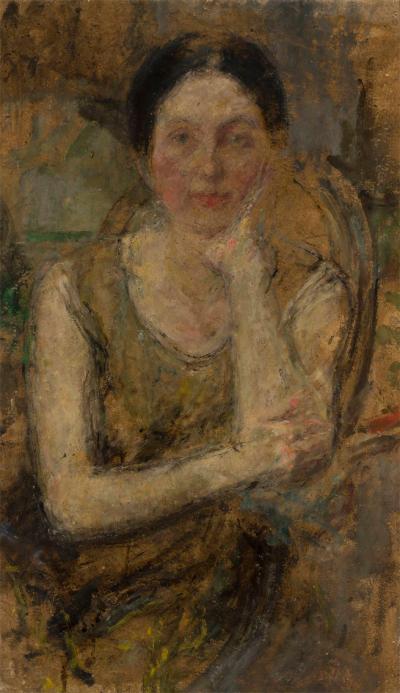


When she was looking for a new teacher, Boznańska originally thought of the Norwegian portrait painter, Carl Frithjof Smith (1859-1917) and of Paul Nauen (1859-1932), who also worked on portraits and painted pictures of children. Both had studied at the Munich Academy of Arts but neither was accepting students at the time. In the end she decided in favour of the figure, portrait and still-life painter, Wilhelm Dürr (the Younger, 1857-1900), who, since the 1883 Munich Art Exhibition, had been influenced by French open-air painting and by the German naturalists Fritz von Uhde and Max Liebermann. But she only studied under him for a few months. Her choice makes it clear that she was interested in portraits, pictures of children, still-lifes and interiors, themes to which she would dedicate herself almost exclusively for the rest of her life. As she later wrote, she worked industriously from dawn to dusk and scarcely went out.[10] But she did not live a retired life. Her best friend was the painter from Königsberg, Hedwig Weiß (1860-1923), who had also studied under Dürr and Uhde and with whom she shared a studio. Her circle of friends also included the painter from Łódź, Samuel Hirszenberg (1865-1908), who studied in Kraków in 1880 and from 1883 to 1887 under Wagner at the Munich Academy; the graphic artist, painter and sculptor, Ignacy Łopieński (1865-1944), who began his studies under Wagner in 1888; and finally the Warsaw painter and sculptor, Wacław Szymanowski (1859-1930), who moved from Paris to Munich in 1880 to study under Ludwig von Löfftz before opening a painting school in 1891 with another of Wagner’s students, Stanisław Grocholski (1858-1932) in the Munich suburb of Pasing. Boznańska opened her own studio in Theresienstraße in 1889. At some time or other she became engaged to the architect, Józef Czajkowski (1872-1947), who attended art schools in Munich, Paris, Vienna and Kraków between 1892 and 1895.
Under the influence of Dürr and presumably also encouraged by Weiß, who in turn was encouraged by Uhde, Boznańska’s use of colours suddenly became bright and colourful. During these years Uhde was painting children’s scenes where the sunlight fell indoors through the window, illuminating faces and bodies alike, as in the religious scene, “Suffer the Little Children to Come unto Me“ (1884, Museum of Pictorial Arts, Leipzig) and the “Prayer at the Table” (1885, Alte Nationalgalerie, Berlin), all the way to the “Nursery” (1889, Hamburg Kunsthalle), that was flooded in light. In 1888 Boznańska painted her “Portrait of a Young Woman with a Red Parasol” (1888, Ill. 3) whose main motif is in the background, alongside her subject with her pink complexion and blue eyes, a Bavarian hat and a sweet smelling white Japanese paper umbrella. This was probably based on a somewhat larger pastel work made in the same year by the Polish artist Anna Bilińska (1857-1893), who was living in Paris at the time, and entitled “Woman in a Kimono with a Japanese Parasol”, whose motifs often corresponded with those of Boznańska.[11] Works by Bilińska were shown in Kraków between 1883 and 1895, in Munich in 1890 and 1892, and at the International Art Exhibition in Berlin in 1891, where Boznańska also exhibited. There is no proof that the two artists knew each other. Nonetheless, during this time Boznańska had a particular weakness for Japonism, the copying of motifs and composition principles from Japanese coloured woodcuts. In 1889 she painted the portrait of a “Japanese Woman” (Ill. 6) and in 1892 another portrait of a woman carrying a Japanese parasol (Ill. 15).
[10] ibid.
[11] Ewa Bobrowska: Olga Boznańska and Her Artistic Friendships, in: Exhibition cat.. Olga Boznańska, Kraków 2014, pages 86-89, ill. 39





















































































